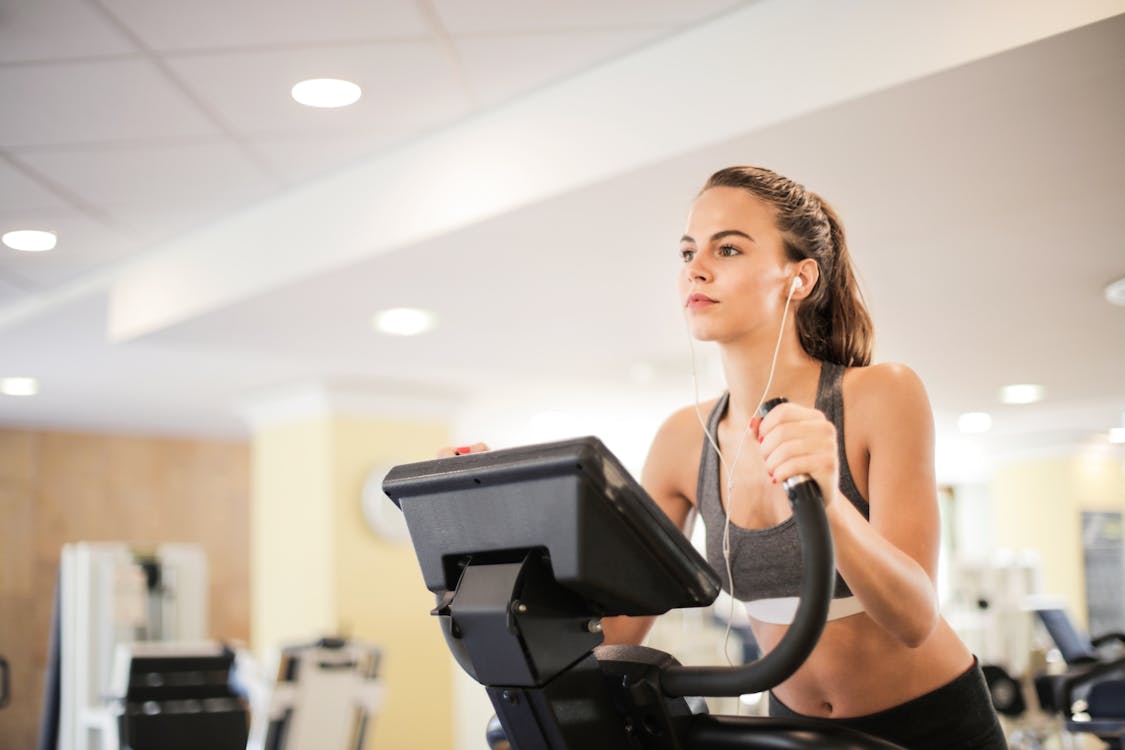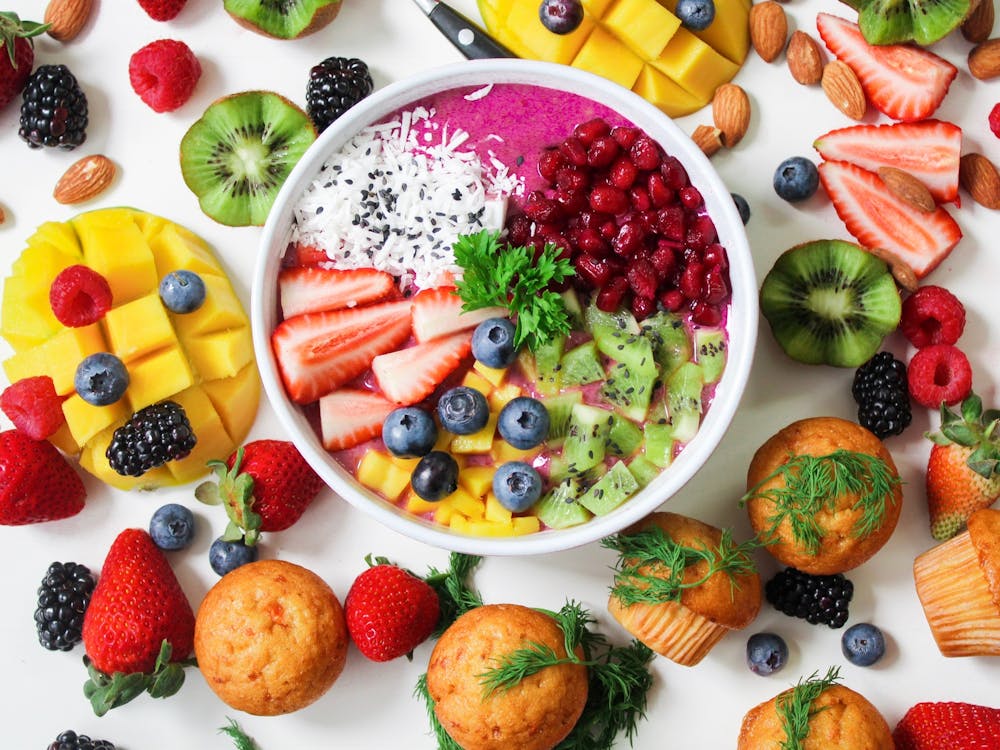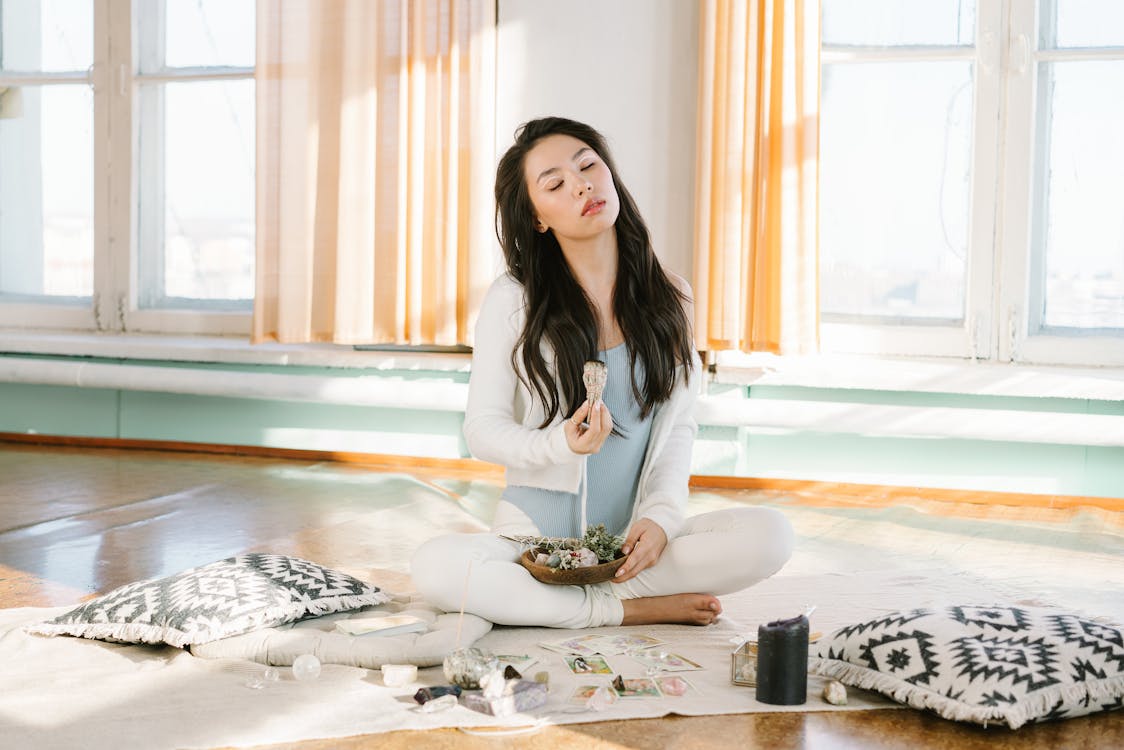For many people, the Covid-19 pandemic completely changed the way we perceive our health and wellness. In times of uncertainty, it is up to us to take charge of our own health and establish self-care routines to boost our mental and physical health. According to a recent national survey, 80% of adults said they intend to be more mindful about practicing self-care after the pandemic. Global research reported that people’s prioritization of wellness has jumped as much as 65% in the past three years. Self-care practices are being taken seriously by more and more people now.
How Do Consumers Define Wellness?
Wellness is a broad topic that is constantly changing. McKinsey conducted a survey to find out how consumers view wellness and narrowed down the wellness trends to these key dimensions:
- Better health
- Better fitness routines
- Improved nutrition
- Enhanced appearance
- Better sleep
- More mindfulness
Post Pandemic Wellness Trends
The Covid-19 pandemic has taught us that health is a blessing we shouldn’t take for granted. Since then, there has been a shift in demand for products and services that can help us nurture our health and mental wellbeing.
Below are some important wellness trends you can incorporate into your daily routine:
1. Virtual Fitness
With the temporary closure of gyms and fitness studios due to the pandemic, fitness brands and personal trainers turned to social media platforms such as IGTV, Reels, TikTok, and Youtube to provide free fitness video guides and virtual fitness classes that can replicate a sense of camaraderie. The short-form nature of social media means that we have access to shorter, quicker home workouts, that we can access at any time of the day with minimal equipment. As a result, we may see an uptick of “ lunch break” workouts that we can do when we have some free time, instead of attending an hour-long workout class.

2. Building a Home Gym
Instead of rushing to make your workout classes, why not curate your own designated workout space? After doing a cost breakdown, there may be more benefits to including a few pieces of fitness equipment in your home or office or even building a home gym. With your own space to workout and destress, you have the flexibility to squeeze in a workout any time of the day from the comfort of your home.
All you have to do is order some basic equipment from Amazon, such as a kettlebell for kettlebell workouts, a yoga mat, and some free weights. Now you have a home gym.
3. Preventive Healthcare
We usually only consume immune-boosting products and supplements when we are feeling under the weather. However, the pandemic has changed the way people view health. Since then, there has been a steady demand for preventive health products. A 2020 analysis found that there was more than 40% year on year increase in sales of multivitamins. Besides that, DNA testing can help users be aware of potential health risks based on their genes so they can take proactive measures to their health. One of the best ways to learn about preventative health measures you can take is by taking the CircleDNA test.

4. Personalized Self-Care
With the pandemic, there is a need in the market for digital solutions to help us manage healthcare from the comfort of our home. As a result, there has been a massive growth in at-home diagnostic tools such as telemedicine to manage healthcare. In addition to that, personalized healthcare is the future. The sad truth is that there is no one size fits all diet, however, DNA testing can help users find their most optimal diet and workouts based on their genetic strengths and weaknesses, with a simple CircleDNA test. This can help users get to know themselves better and personalize their lifestyle choices based on their unique DNA.
5. Know Your Ingredients
Do you understand what is on your ingredient labels of your food and cosmetic products? This can be problematic because we come into contact with up to 168 chemicals each day. From our shampoos and makeup to the food that we eat, we may unwittingly ingest toxic or even cancerous chemicals every single day. As such, companies are encouraged to be more stringent with the chemicals used and to fully disclose all ingredients in products. Furthermore, apps such as 1Source, EWG can help break down the chemical jargon. These ingredient analyzers can rate the safety of ingredients used in your food and cosmetic products and alert you of any harmful ingredients such as parabens or phthalates.
6. Tracking Stress Triggers
Forget tracking calories, instead, measure what matters most: how you feel. Use a smartwatch to track your heart rate speeds up, and note when you feel tense and anxious. If you lack the budget for a smartwatch, try journaling instead. Note down your feelings for a few weeks to see if any patterns start to form. Be mindful and acknowledge your feelings and work towards finding healthy ways to destress.
7. Improving Sleep Health
Insomnia affects 33% to 50% of the adult population. Not getting enough sleep can negatively affect your productivity and mood. However, an increasing number of millennials are having trouble falling asleep due to a multitude of stress inducing and genetic factors. As a result, there has been a surge in products and services that can help people get better sleep. From meditation apps, to sleep supplements and therapy, people will do almost anything for a good night’s sleep.

8. Digital Mental Wellness
Mental wellness is more than visiting a therapist. With the magic of technology, there is a growing number of therapists on portals where you can connect and text them in real time. Apps such as BetterHealth offer virtual therapists at your convenience. Besides that, mental wellness apps such as Calm and Headspace can help you meditate and clear your mind.
9. Connecting With Nature
After months of being stuck in lockdown, endless Zoom meetings and too much screen time, we all need a little bit more outdoor time. Studies conducted reported that exposure to nature can improve physical well-being by reducing blood pressure, heart rate, and the production of stress hormones. Instead of working out in a gym or studio, take a walk in the park or go on a hike to connect with nature.
10. Sexual Wellness as a Form of Self-Care
Sex is often an overlooked form of health and wellness because it is associated with shame and taboo. However, sexual activity is a great way to release oxytocin, which is known for its stress-relieving and mood-boosting health benefits. Whether it’s nourishing balm, or non-toxic lube, expect to see a surge of products intended for feminine health and sensual pleasure. Sexual wellness should be seen as an act of self-care and a mindfulness practise that helps us embrace ourselves. Find the time to incorporate sexual wellness into your daily routine and focus on getting to know yourself on a deeper level.







Comments are closed.